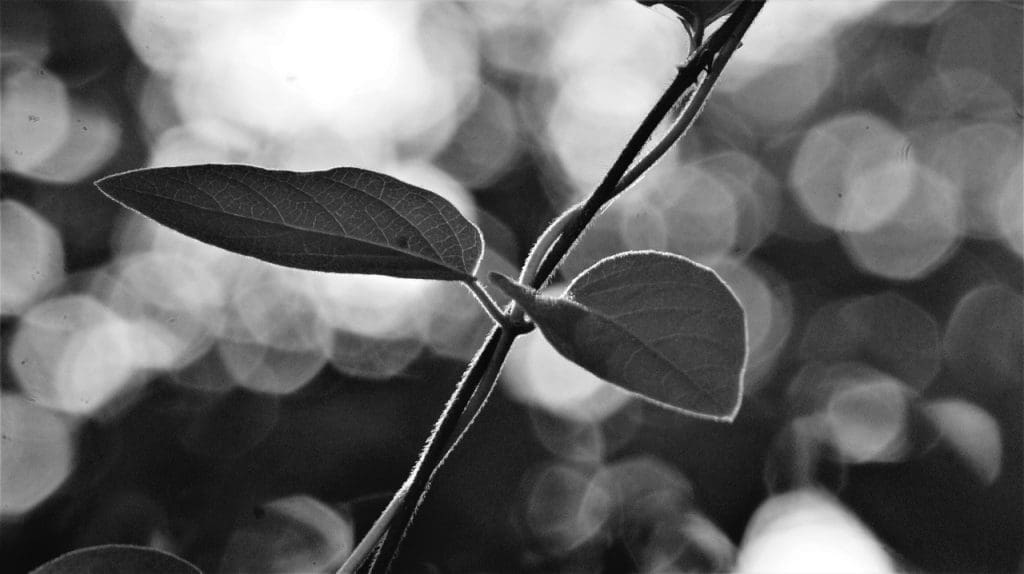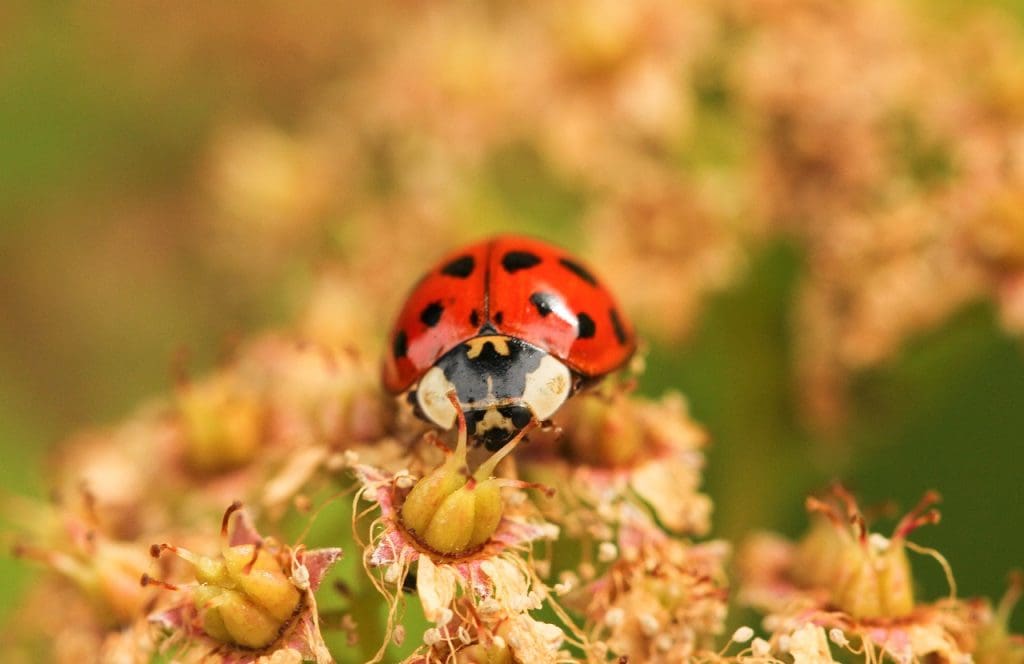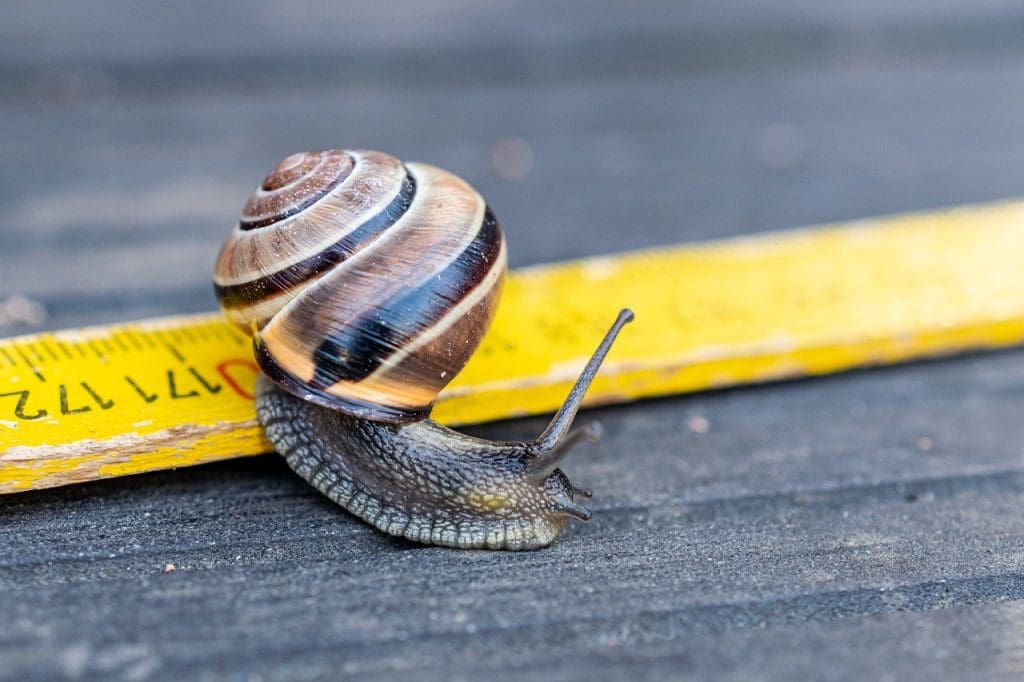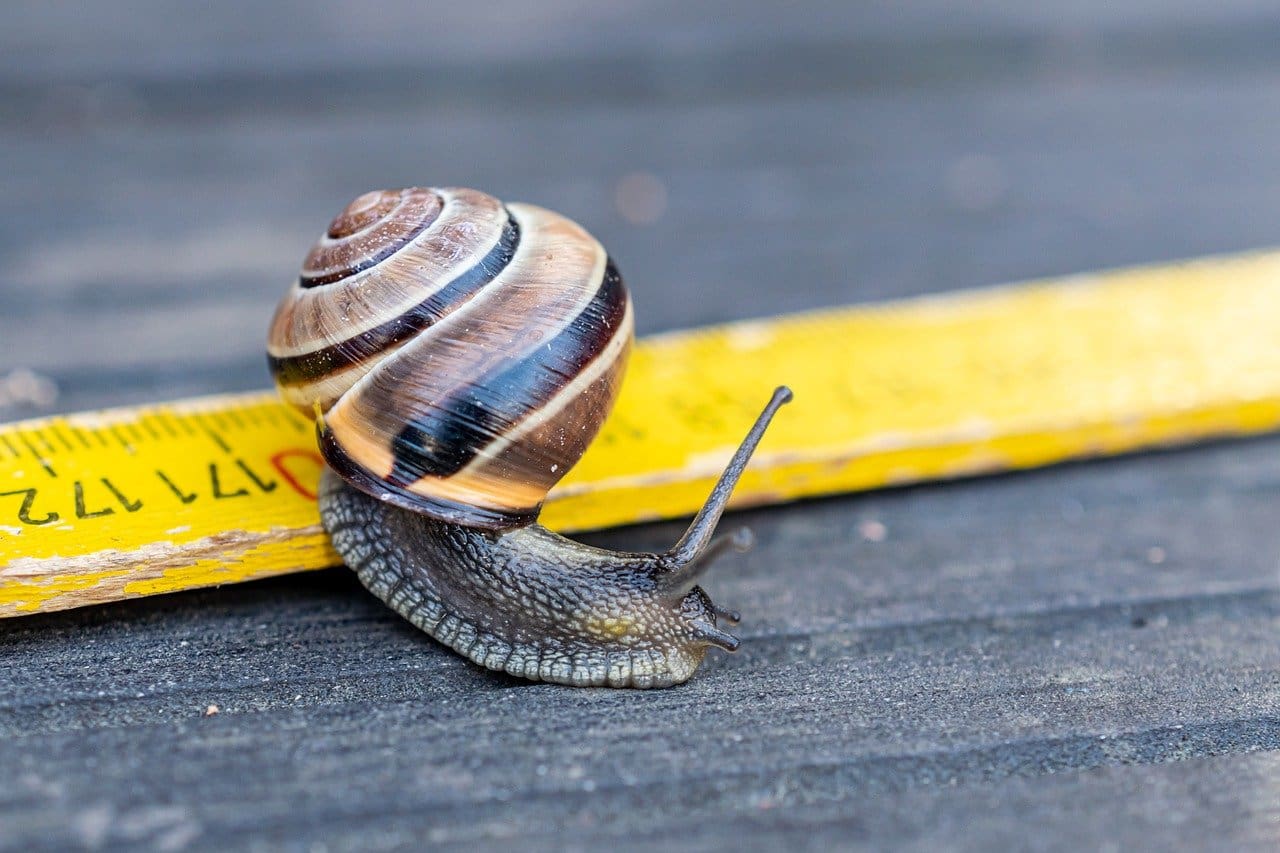You’re about to discover some of the most popular methods for removing alligator weed from your property. This invasive plant can be a nuisance, disrupting your beautiful garden and green spaces. But don’t worry! In the coming paragraphs, you’ll find out effective strategies like manual removal, using herbicides, and even natural solutions to rid your property of this persistent weed. Each method has its own advantages and can be tailored to fit your specific needs, ensuring that you can reclaim your yard and keep it weed-free. Have you been frustrated by the persistent and invasive alligator weed taking over your property? It’s a common problem for many landowners, and it’s high time you found effective ways to handle it. This article will guide you through the most popular methods for removing alligator weed from your property.

Understanding Alligator Weed
Alligator weed (Alternanthera philoxeroides) is a hardy and aggressive invasive species known for its rapid growth and wide distribution. Originating from South America, this plant has become a nuisance in many parts of the world. It thrives in wet environments such as waterways, lakes, and even damp soil, outcompeting native vegetation and causing environmental imbalances.
Why is Alligator Weed a Problem?
Alligator weed can quickly establish itself and spread, creating dense mats that can clog waterways, hinder agriculture, and out-compete native flora. Its ability to adapt to various conditions makes it a formidable foe for landowners.
Here are some issues posed by alligator weed:
- Environmental Impact: Displaces native plants and affects local wildlife.
- Agricultural Issues: Reduces crop yields by competing for nutrients.
- Water Management: Blocks water flow, contributing to flooding and disrupting aquatic ecosystems.
Identifying Alligator Weed
Before you can tackle alligator weed, you need to ensure you’re dealing with the right plant. Alligator weed can be identified by its:
- Leaves: Opposite, elliptic, or lance-shaped.
- Flowers: Small, white, clover-like, appearing in clusters.
- Stems: Hollow, maroon or green, capable of floating.
Keeping a keen eye on these characteristics can help you accurately spot and address the problem early.
Popular Methods for Removing Alligator Weed
There isn’t a one-size-fits-all solution when it comes to removing alligator weed. Here’s a detailed overview of the most popular and effective methods:
1. Mechanical Removal
Mechanical removal involves physically taking out the weed by hand or with machinery. Here’s how you can execute it:
Manual Removal
Ideal for small patches, this method involves hand-pulling and digging out the weed.
Steps for Manual Removal:
- Preparation: Gather tools such as gloves, shovels, rakes, and a wheelbarrow.
- Uprooting: Carefully pull out the weeds, ensuring the roots are fully removed.
- Disposal: Place the removed weed in sealed bags to prevent re-growth.
Mechanical Harvesting
For larger infested areas, using machinery such as aquatic weed harvesters or mowers may be necessary.
Pros and Cons:
| Pros | Cons |
|---|---|
| Immediate removal | Labor-intensive and time-consuming |
| Reduces biomass quickly | May require repeated efforts |
| Simple to execute | Risk of incomplete removal and regrowth |
| Doesn’t introduce chemicals | Not suitable for extensive infestations |
2. Chemical Control
Herbicides can be effective in controlling alligator weed, but must be used with caution to avoid harming other vegetation and aquatic life.
Selecting the Right Herbicide
Commonly used herbicides include:
- Glyphosate (e.g., Roundup)
- 2,4-D
- Diquat
Application Tips:
- Follow Label Instructions: Always adhere to the recommended dosage and safety guidelines.
- Timing: Apply during the active growing season for maximum effectiveness.
- Targeted Application: Use precision to minimize damage to non-target plants.
Pros and Cons of Chemical Control
| Pros | Cons |
|---|---|
| Effective for large infestations | Potential environmental harm |
| Can be cost-efficient | May require multiple applications |
| Easy to apply | Risk of developing herbicide resistance |
| Quick results | Possible limitations based on local regulations |
3. Biological Control
Biological control involves using natural predators or competitors to manage and reduce the alligator weed population.
Key Biological Agents
Several biological agents have shown promise in controlling alligator weed:
- Alligator Weed Flea Beetle (Agasicles hygrophila)
- Alligator Weed Thrips (Amynothrips andersoni)
Steps for Biological Control:
- Identify Suitable Agents: Research and select biological agents proven effective in your region.
- Introduce Agents: Release the agents into the infested area following best practices.
- Monitor Progress: Regularly check the effectiveness and health of biological agents.
Pros and Cons of Biological Control
| Pros | Cons |
|---|---|
| Eco-friendly | Slow process; time-intensive |
| Self-sustaining control | Initial cost for agent procurement |
| Can provide long-term solution | Potential risks to non-target species |
| Minimal labor once established | Uncertainties in agent establishment and spread |
4. Integrated Pest Management (IPM)
Integrated Pest Management (IPM) combines multiple methods to create a comprehensive plan tailored to your specific situation.
IPM Strategies
- Assessment: Evaluate the extent and severity of the infestation.
- Combination Approach: Use a mix of mechanical, chemical, and biological control methods.
- Monitoring: Regularly check for regrowth and effectiveness of the implemented methods.
- Adaptation: Adjust strategies based on ongoing results and environmental conditions.
Pros and Cons of IPM
| Pros | Cons |
|---|---|
| Comprehensive control | Requires careful planning and monitoring |
| Adapts to changing conditions | Can be resource-intensive in terms of time and money |
| Sustainable approach | Complexity in coordinating multiple methods |
| Reduces reliance on any single method | Needs continuous adjustment |
Monitoring and Maintenance
Successfully removing alligator weed is only half the battle. Continuous monitoring and maintenance are essential to prevent re-infestation. Here’s how you can stay on top of it:
Routine Inspections
Schedule regular checks of your property to spot any signs of alligator weed regrowth. Early detection allows for swift action.
Follow-Up Treatments
Continue using mechanical, chemical, or biological methods as needed. Persistence is key to keeping alligator weed at bay.
Maintain Healthy Ecosystem
Promote the growth of native plants to outcompete the weed. Healthy ecosystems are more resilient against invasives.

Prevention Strategies
Prevention is always better than cure. Implementing preventive measures can save you time and effort in the long run.
Barrier Methods
- Physical Barriers: Use geo-textile fabrics in water bodies to prevent weed establishment.
- Mulching: Apply organic or synthetic mulch in garden areas to inhibit weed growth.
Water Management
Proper water management affects weed proliferation. Ensure adequate drainage and water flow in your property, especially in wet regions where alligator weed thrives.
Proper Land Use
Adopt best practices such as:
- Crop Rotation: Reduces the risk of alligator weed in agricultural lands.
- Landscaping: Use alligator-weed-resistant plants and proper landscaping techniques.
Working with Professionals
In some cases, professional help may be necessary for severe infestations or when your DIY efforts aren’t yielding results. Here are some points to consider:
Hiring a Weed Control Specialist
Look for experts with experience in managing invasive species. Ensure they use eco-friendly and effective techniques.
Cost Considerations
Professional services can be costly, but the investment might be worthwhile for extensive or stubborn infestations. Get quotes and compare services before making a decision.

Conclusion
Dealing with alligator weed is no easy task, but with the right methods and persistence, you can reclaim your property from this invasive pest. From mechanical removal to integrated pest management, there are multiple strategies at your disposal. Remember to stay vigilant with monitoring and maintenance, and consider professional help when necessary.
Whether you choose to go at it alone or enlist some expert assistance, the key is to remain persistent and adaptable. Start tackling your alligator weed problem today, and enjoy a healthier, more balanced environment on your property.
